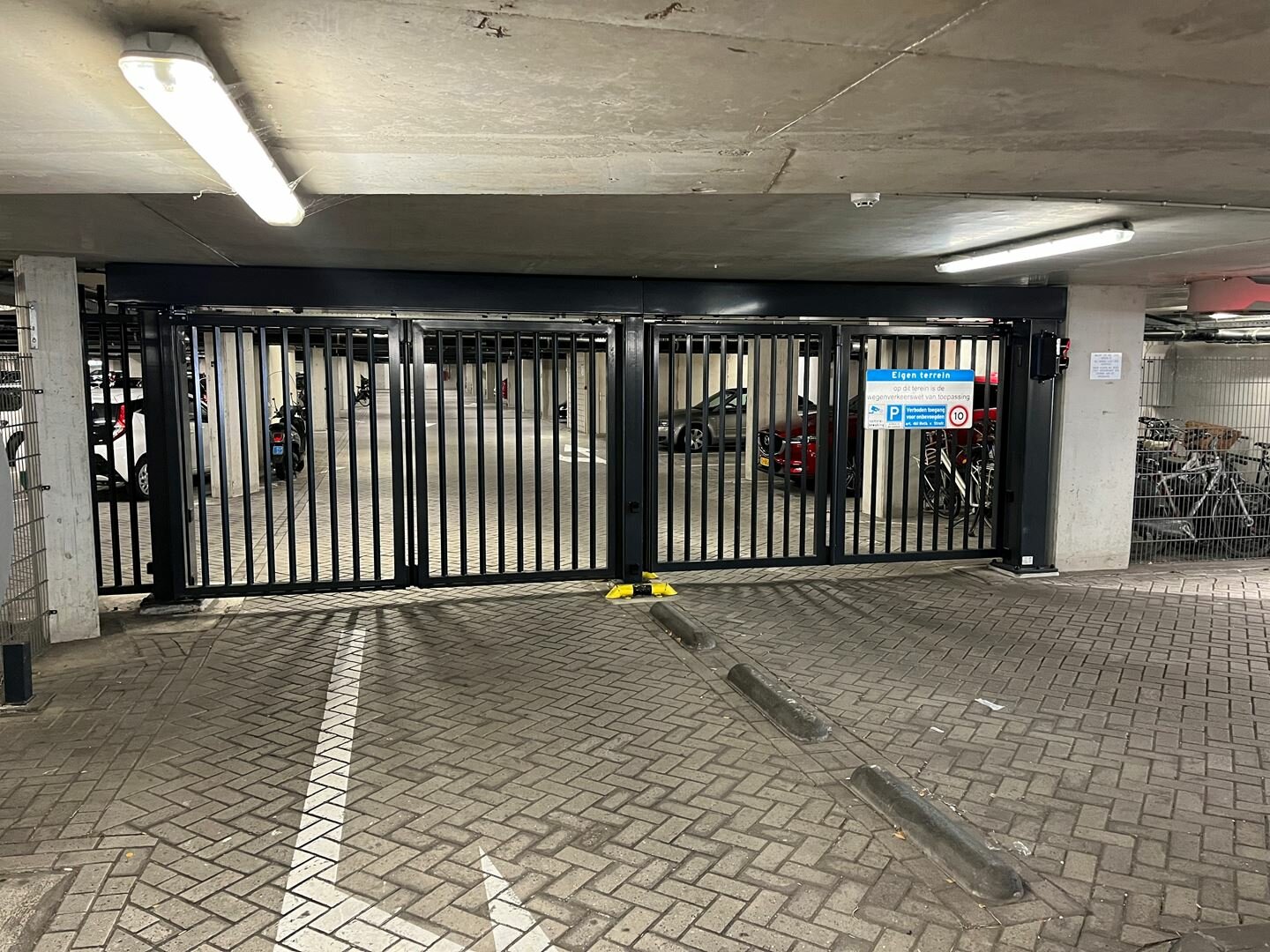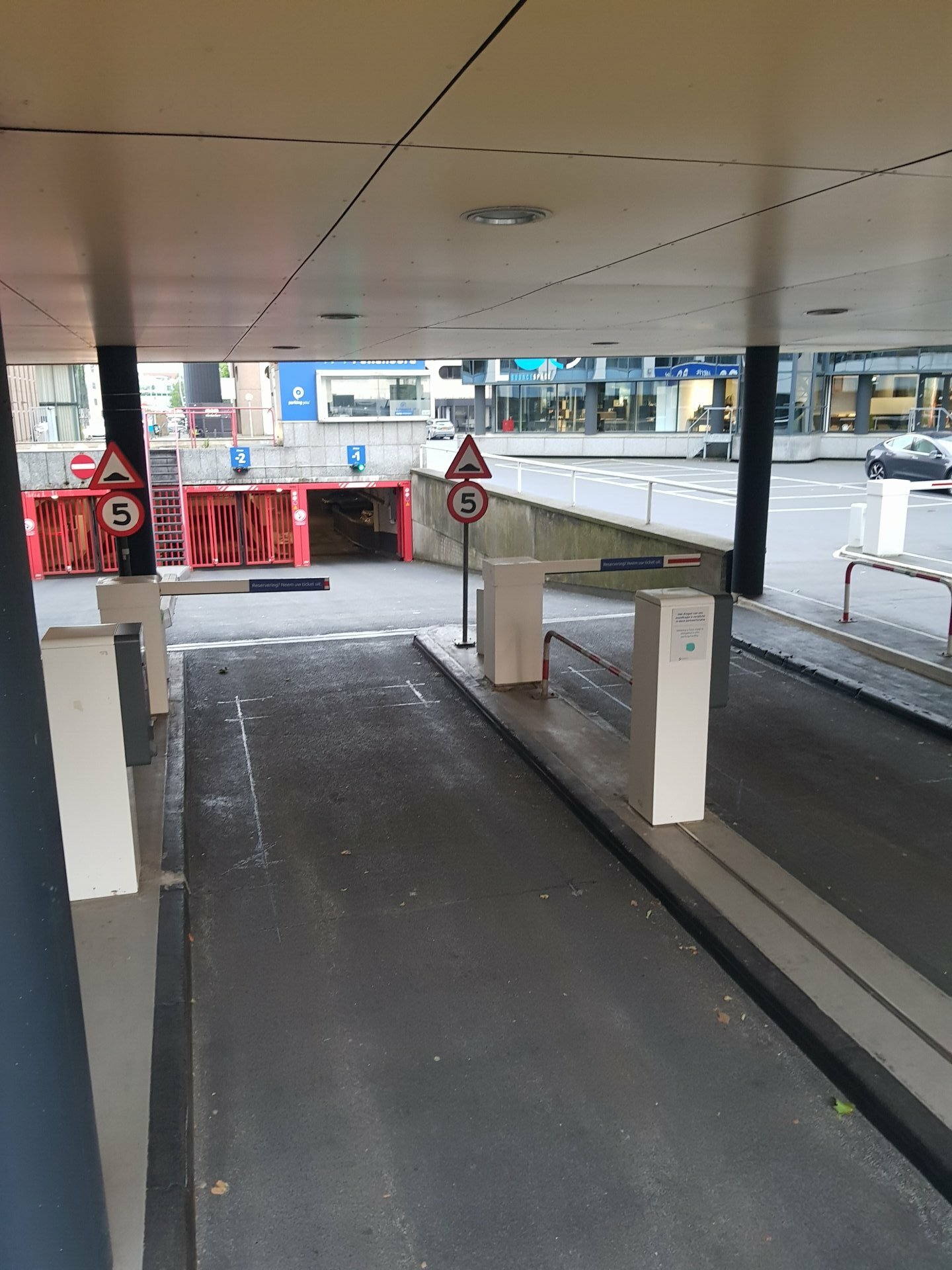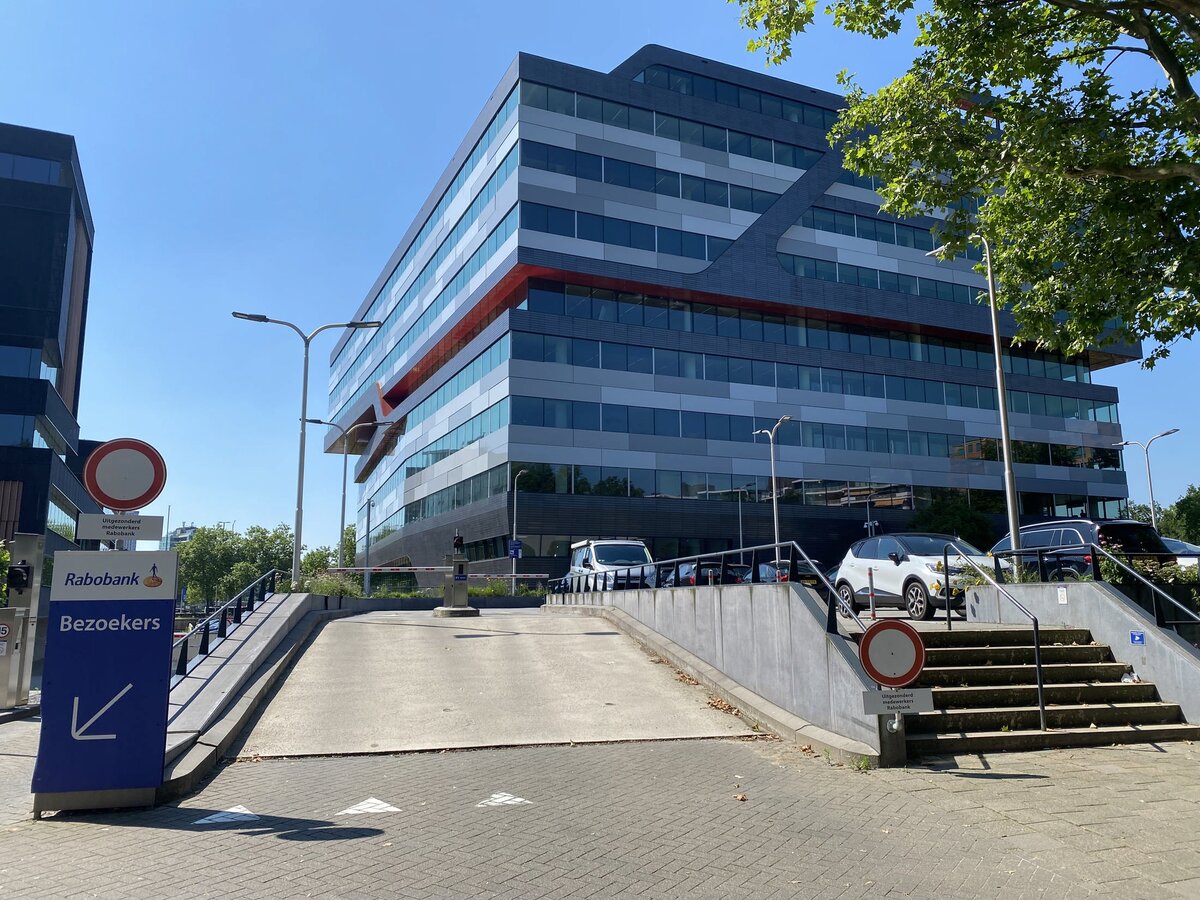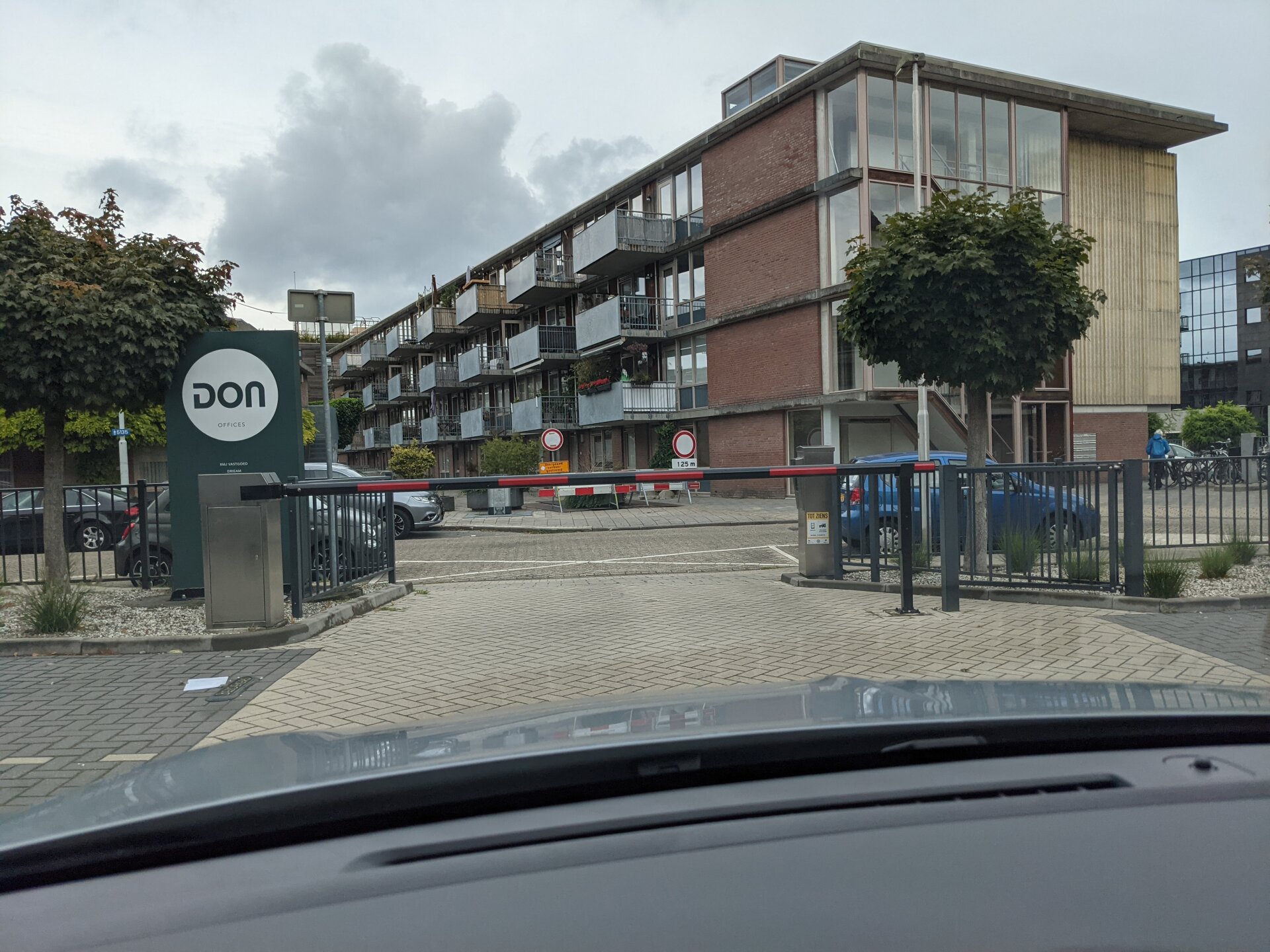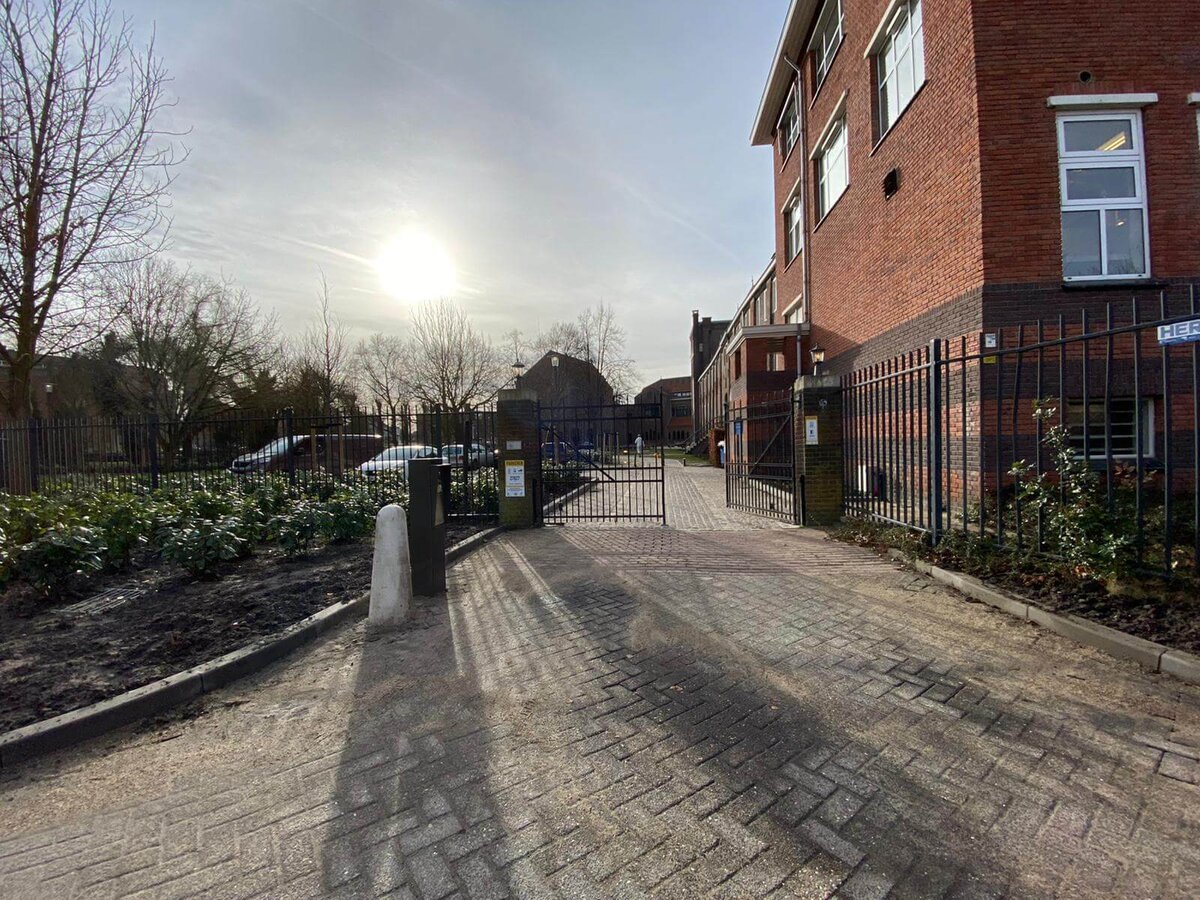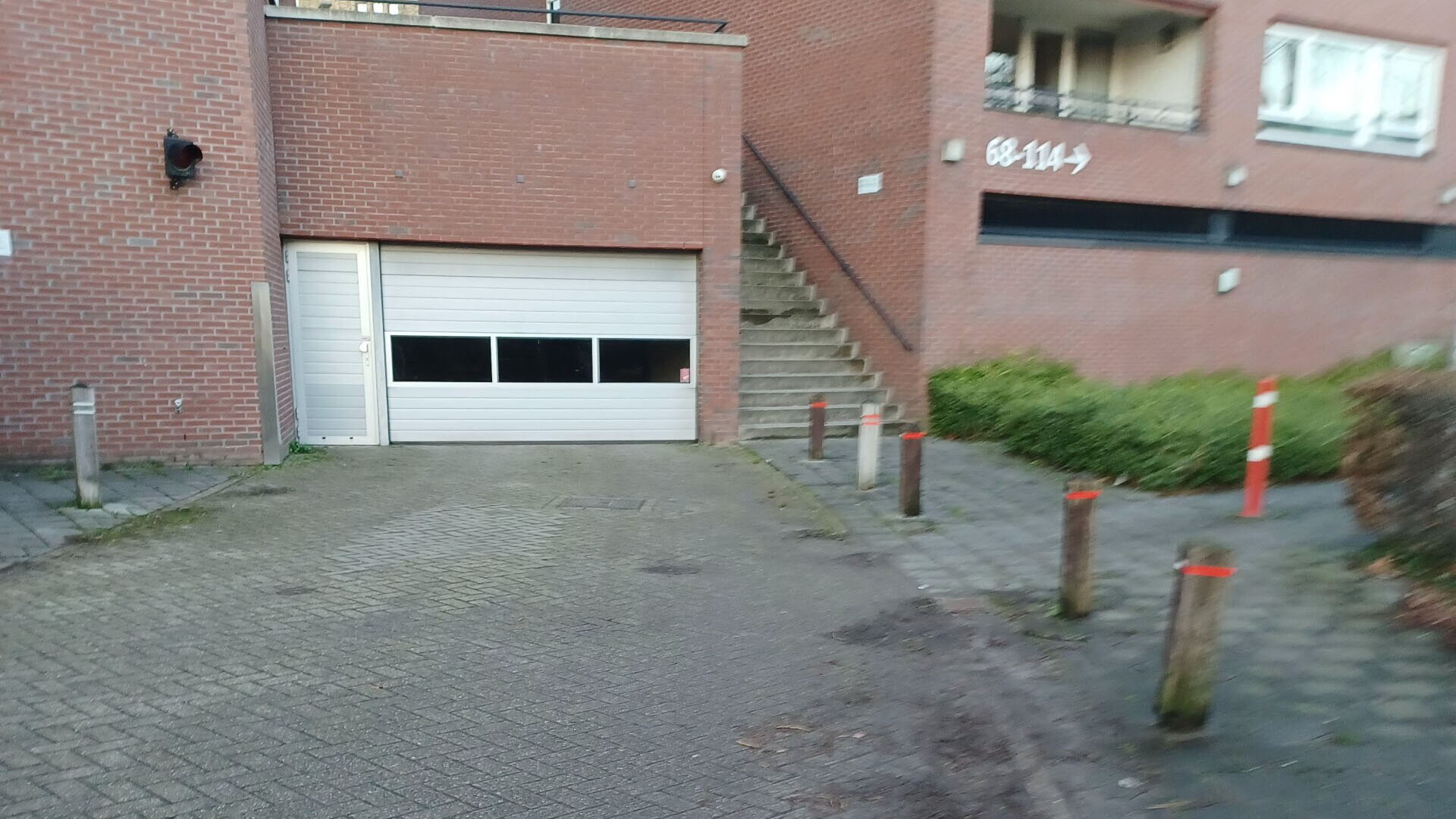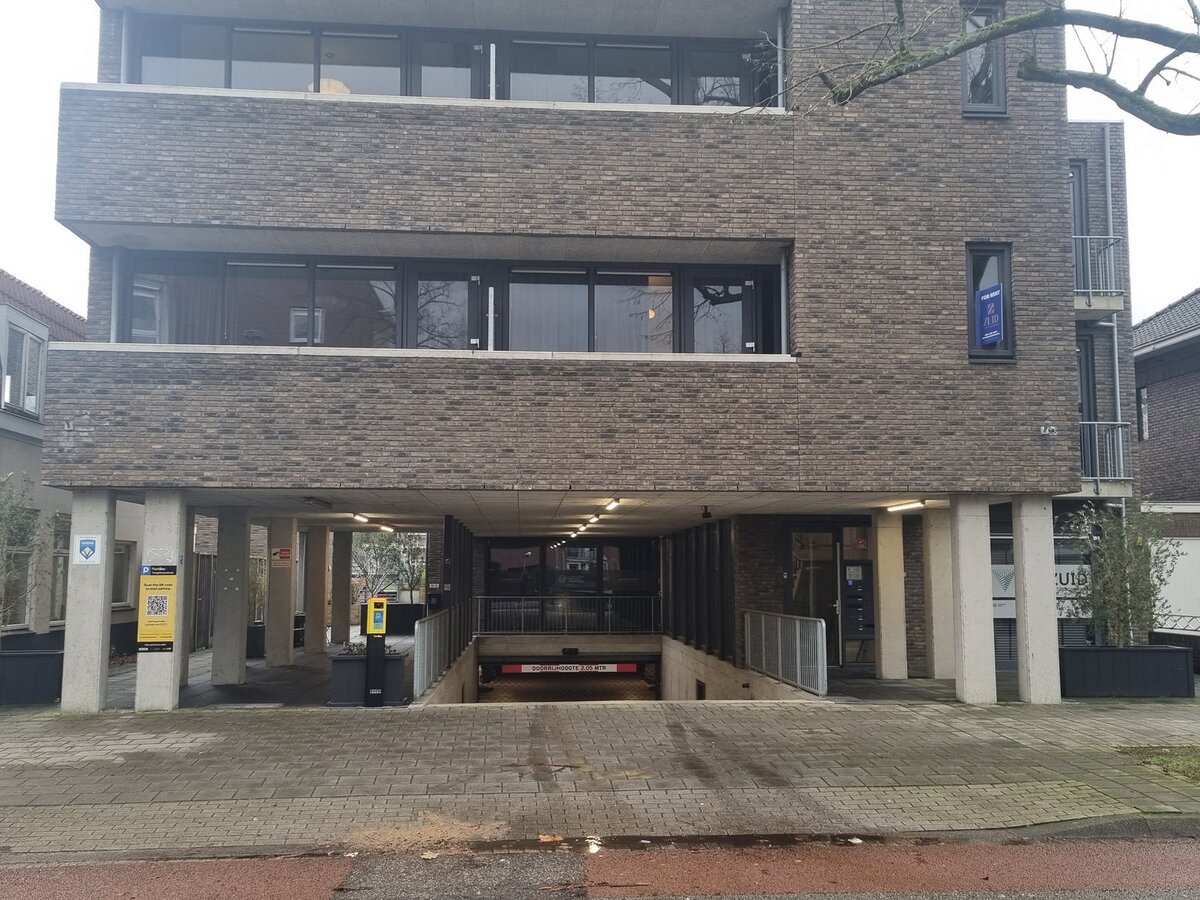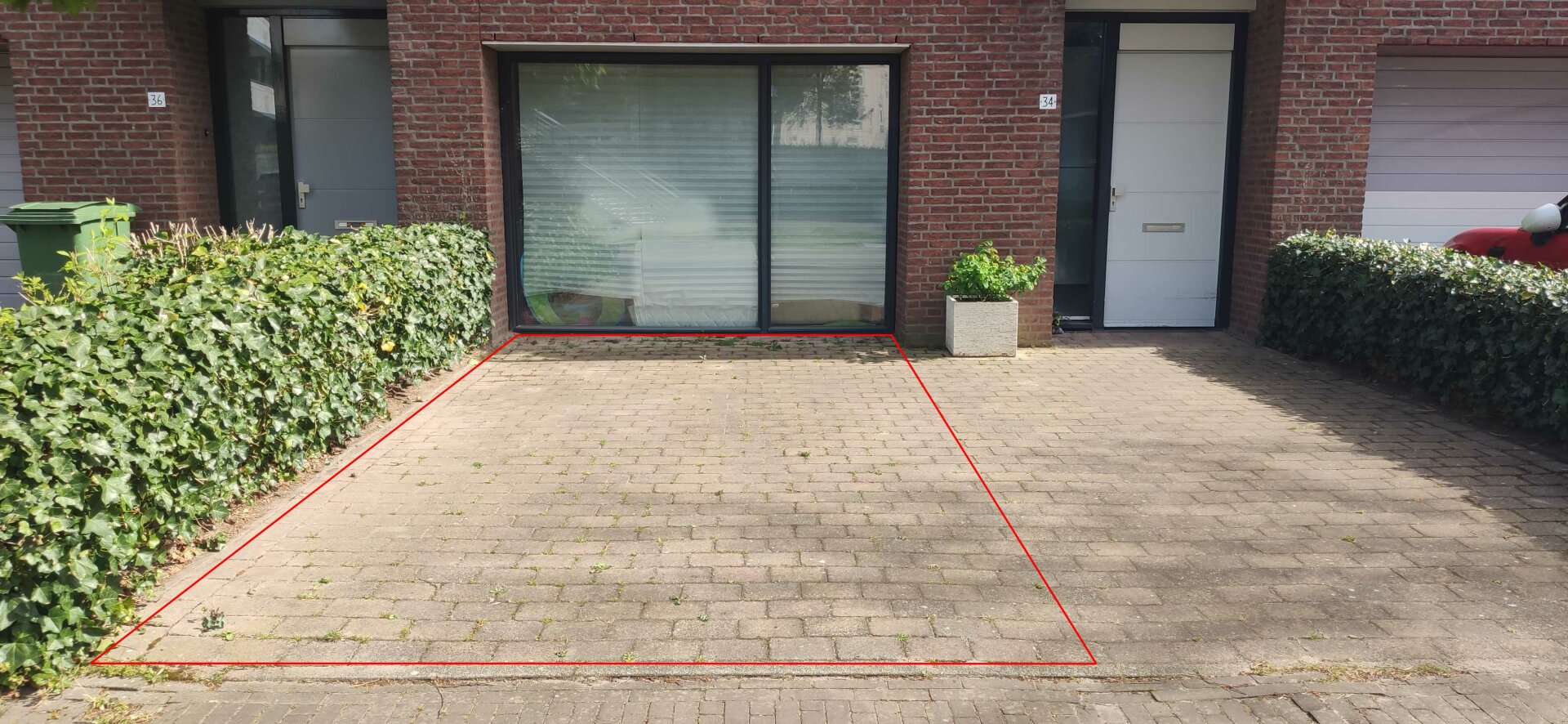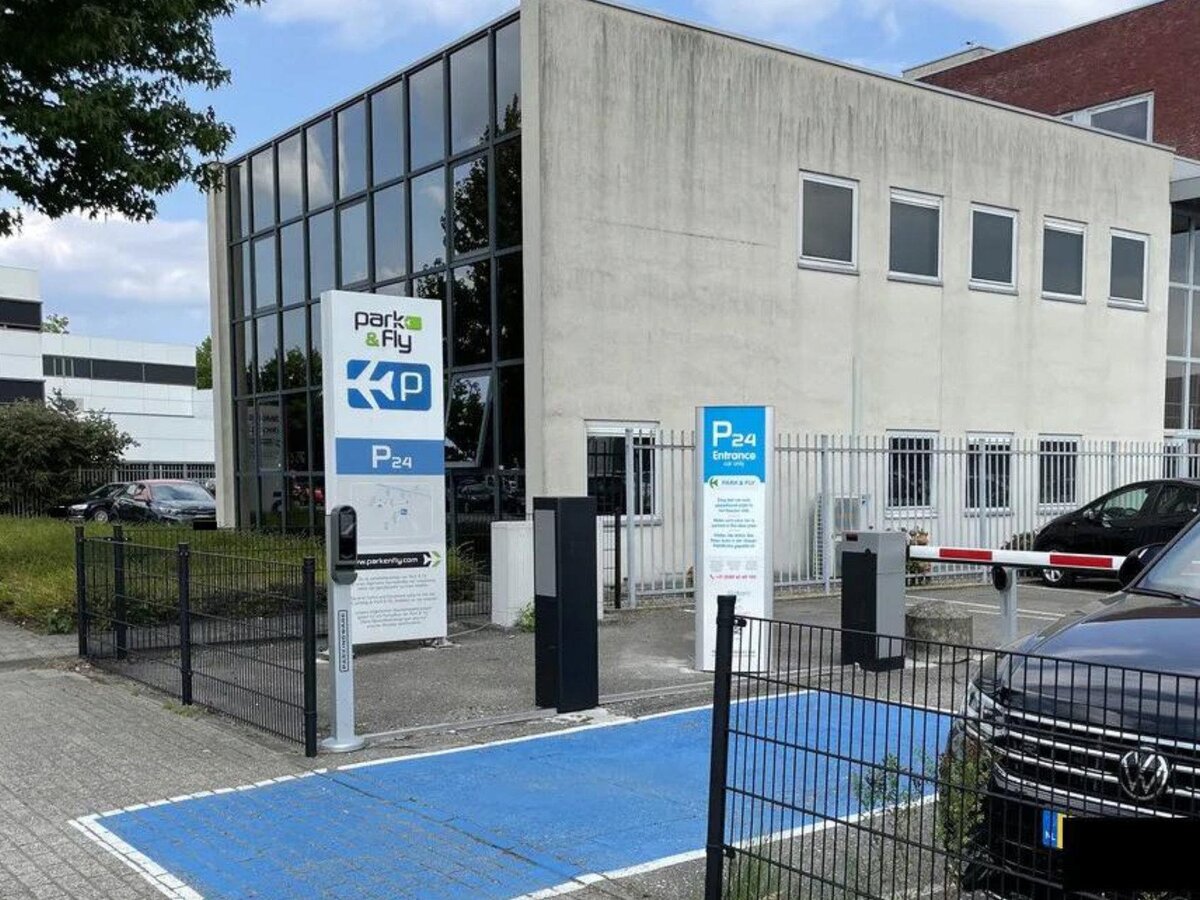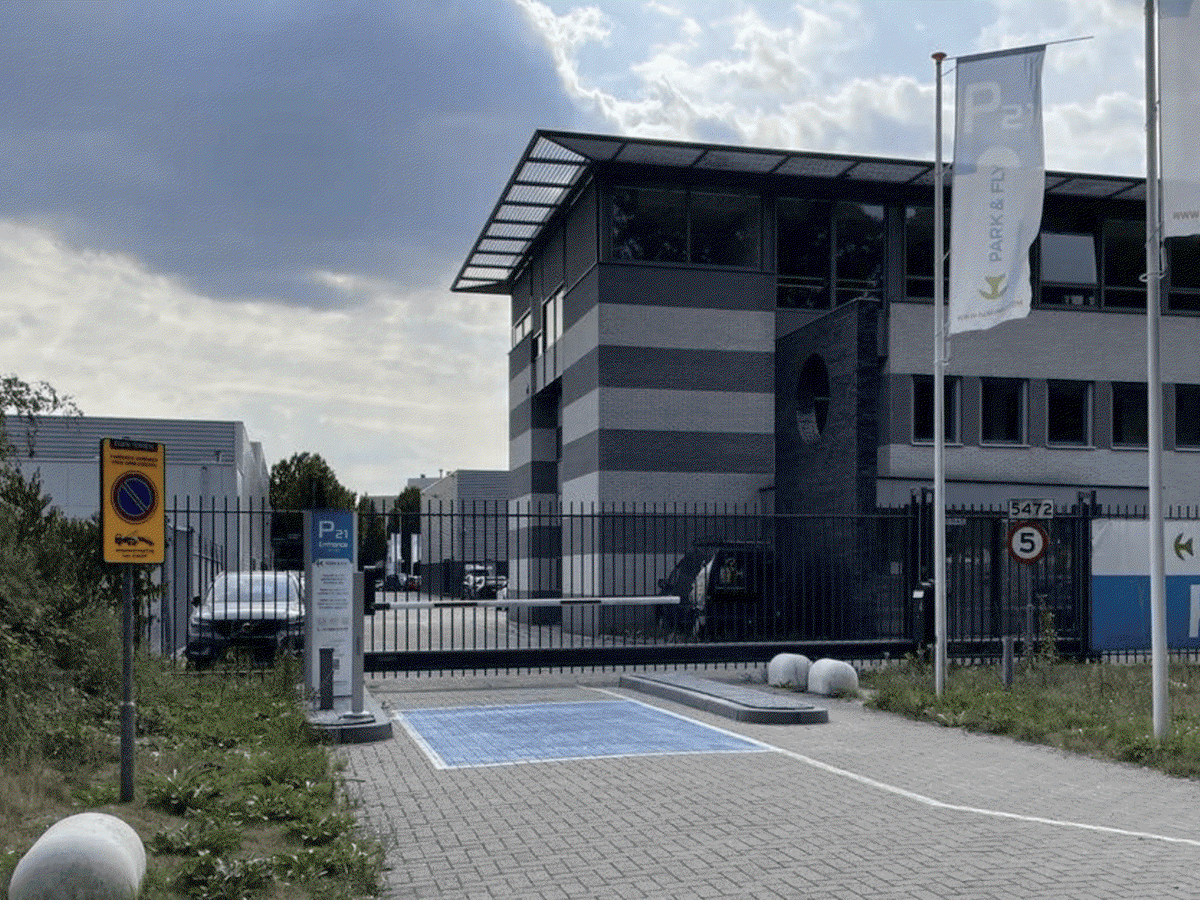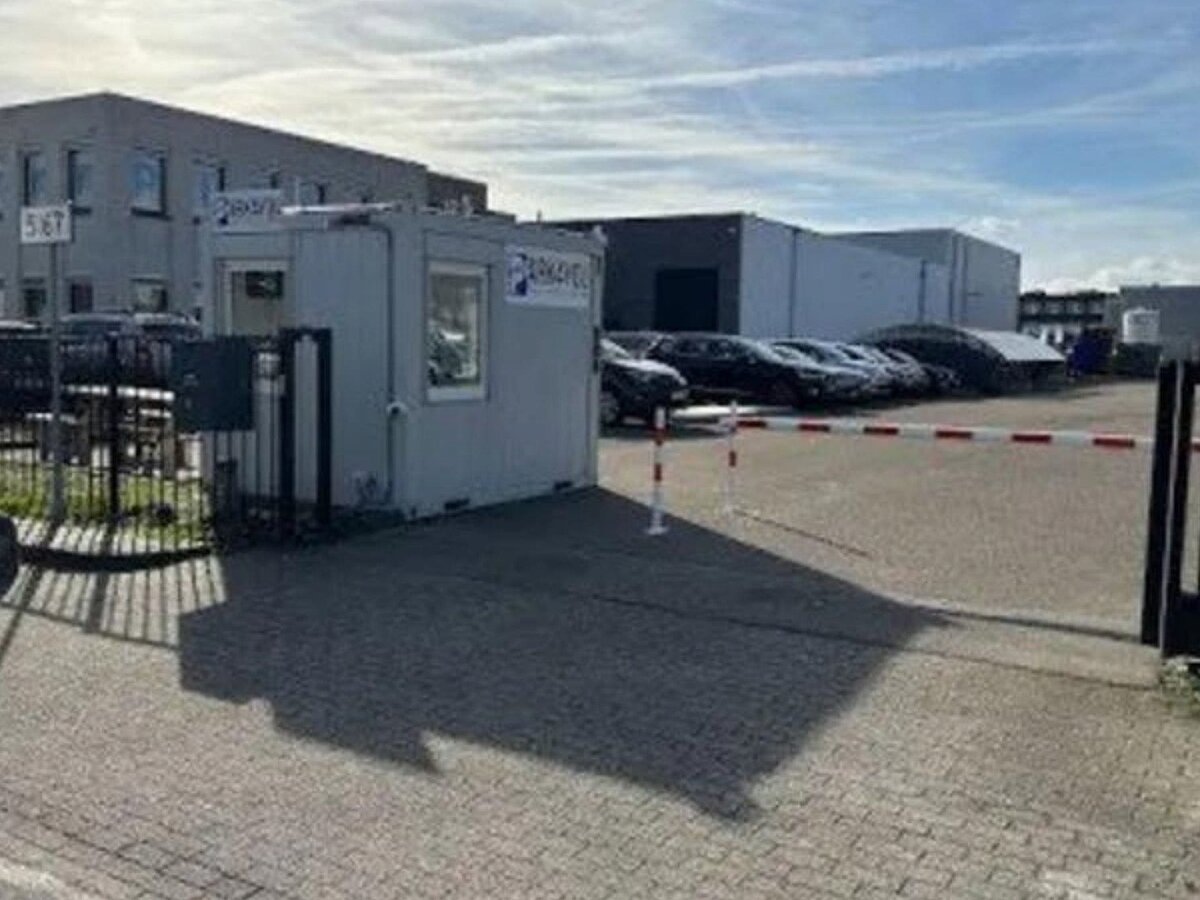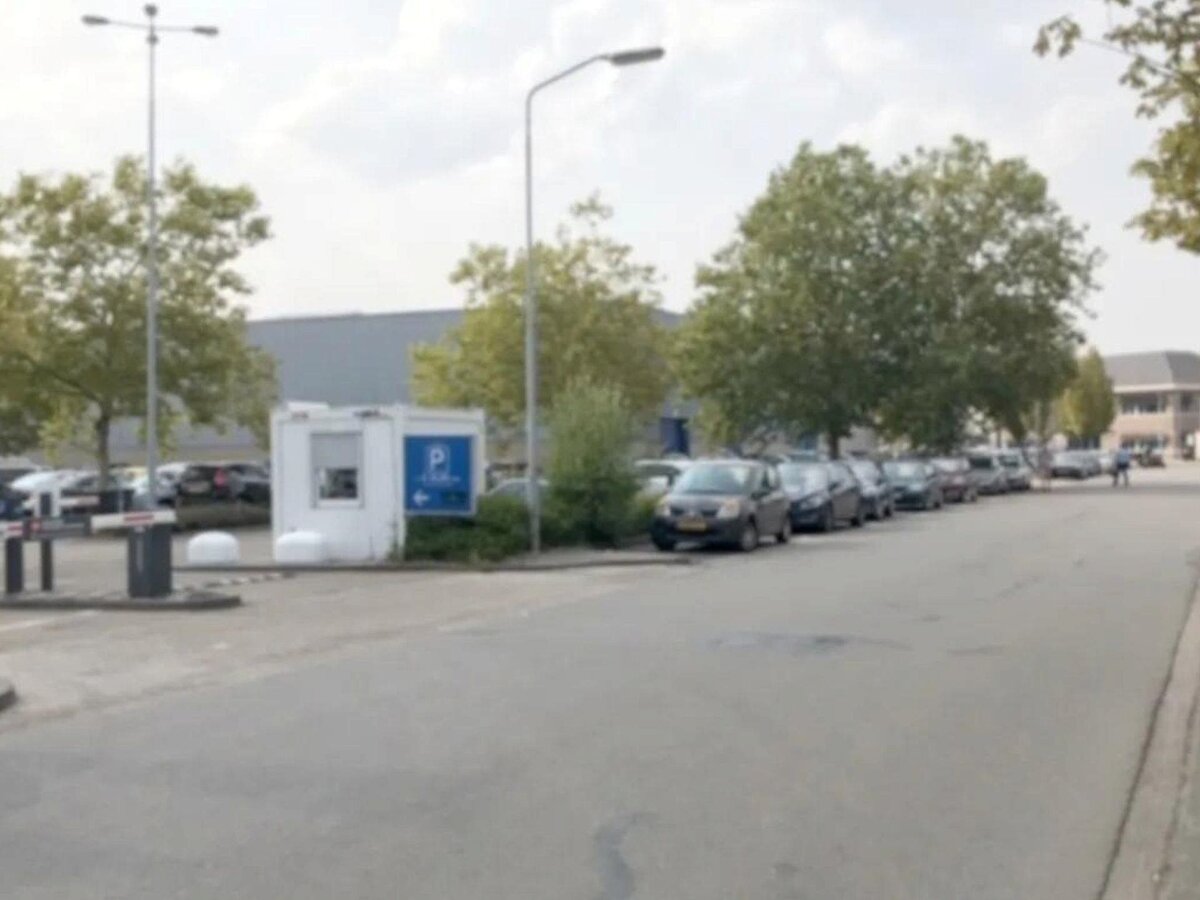





Find parking near Strijp-S, Strijp, Eindhoven
Strijp-S, also known as Strijp-S, is a former industrial district in Eindhoven's Strijp district in the Dutch province Noord-Brabant. Philips owned the area at one time. Since 2000, the area has been home to both businesses and homes from the creative industry.
Strijp S is a result of the naming conventions Philips used for its industrial parks. Strijp-S, Strijp-T, and Strijp-R were the first industrial parks. Strijp-S is the historical spelling, without a dot. Strijp-S with a dash is more commonly seen. Since 2015, the nearby train station is also called Strijp-S.
Strijp-S is rich in history. It dates back to 1916, when Anton Philips constructed the first factory, a light bulb glass factory. Philips' operations in Strijp-S grew as Philips expanded. The Philips Physics Laboratory opened in 1923. Strijp-S was the place where new devices were created and manufactured. Radios were first, and then, after World War II came televisions. Philips, under the motto "From sand-to-customer", kept all phases of production within its walls. Everything was located on the same site, including the research department, the storage warehouse, the glass blowing plant, and the cardboard factory. Three of the four impressive industrial buildings, known as High Ridge, were built in 1927, 1929, and 1930. In 1928, Philips also constructed the Clock Building where they made their philite. Strijp S was kept warm and moving with steam and gas by a series of smaller buildings. Only the Boiler Room and the Machine Room, both from 1929, still exist. The Veem Building, which was a storage facility, was completed in 1942. The Glass Building was built in 1948. The Glass Building was the origin of many Philips products.
Strijp-S, a complex in the Netherlands, was bombed twice during World War II. The British Royal Air Force bombed the complex on December 6, 1942 because it was producing radio and radar components. The bombers' images have been preserved. German bombing took place on September 19, 1944. Eindhoven was liberated a day earlier.
Strijp-S has been known as the "forbidden city" for a long period of time. Eindhoven's buildings surround this area, which is not open to the public. The site was home to large factories, which provided work for thousands of people.
Philips slowly retreated from Eindhoven and Strijp-S in the 1990s. The complex was bought by a group of investors with ambitious plans. Several buildings were destroyed in the following years. Strijp-S has been transformed into a mixed use area, with residences, businesses and cultural institutions.
Mobypark provides affordable and convenient parking options in Strijp-S for residents as well as visitors. Our app allows you to reserve parking in advance. You can then park with peace of mind, knowing that you will have a space. Our parking options range from private garages to on-street spaces. Mobypark is the perfect parking solution for you, whether you are visiting the area to attend a cultural event or run errands.
Parking rates near Strijp-S
Parking time
Mobypark parking rates
1 hour parking
from € 1.00
24 hours parking
from € 5.40
1 week parking
from € 60.00
1 month parking
from € 150.00



